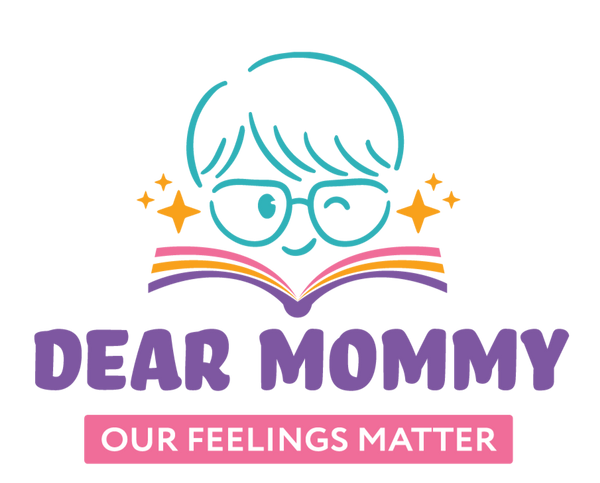Childhood is a time for exploration, laughter, and forming meaningful connections with peers. However, for some children, the path to social interaction can be fraught with fear and discomfort. Social anxiety, also known as social anxiety disorder (SAD) or social phobia, is a mental health condition that can cast a shadow over a child's ability to connect and make friends. In this blog post, we will delve into what social anxiety in children looks like, its impact, and the importance of seeking help when needed.
What is Social Anxiety in Children?
Social anxiety is a mental health condition characterized by an intense fear of social situations and interactions. Children with social anxiety often experience excessive self-consciousness, a deep fear of judgment or embarrassment, and a strong desire to avoid social gatherings or public speaking. Let's explore how it manifests:
-
Avoidance of Social Situations: Children with social anxiety tend to steer clear of situations where they might be the center of attention. This can include parties, public speaking events, or even everyday social encounters at school or in their neighborhood.
-
Physical Symptoms: Social anxiety can trigger physical symptoms like sweating, trembling, blushing, a rapid heartbeat, and nausea. These physical manifestations can intensify the fear and discomfort the child feels.
-
Negative Self-Perception: Those with social anxiety often have a negative self-image and believe that others are constantly scrutinizing and judging them. They may feel like they are never good enough or always being watched.
-
Difficulty Making Friends: For children with social anxiety, initiating and maintaining friendships can be challenging. Their fear of social interactions can make them hesitant to approach others or engage in group activities.
-
Impact on Daily Life: Social anxiety can have a significant impact on a child's daily life. It may affect academic performance, making it difficult for them to participate in class or complete assignments that involve presentations. Additionally, it can strain relationships with family and peers.
Seeking Help for Social Anxiety in Children
It's important to note that social anxiety is a treatable condition, and there is hope for children who struggle with it. Here are some steps to consider:
-
Recognize the Signs: The first step is recognizing the signs of social anxiety in your child. If you notice that they consistently avoid social situations, exhibit physical symptoms of anxiety, or express a fear of judgment, it may be time to seek help.
-
Professional Support: Consulting a mental health professional, such as a therapist or psychiatrist, is crucial. They can offer a comprehensive evaluation and develop a treatment plan tailored to the child's needs.
-
Therapeutic Approaches: Therapies such as cognitive-behavioral therapy (CBT) can be highly effective in treating social anxiety. CBT helps children challenge their anxious thoughts and develop healthier coping strategies.
-
Medication: In some cases, medication may be prescribed by a healthcare provider to help manage the symptoms of social anxiety. However, medication is typically considered after other therapeutic options have been explored.
-
Family Support: Families can play a vital role in the child's treatment journey. Support, understanding, and patience are essential to help the child feel secure and valued as they work towards overcoming social anxiety.
Understanding social anxiety in children is the first step in helping them conquer their fears and build fulfilling social connections. It's a treatable condition, and with the right support and guidance, children with social anxiety can develop the resilience they need to thrive. If you suspect that your child or someone you know is struggling with social anxiety, seeking professional help is not just recommended; it's a crucial step towards brighter, more confident tomorrows.

